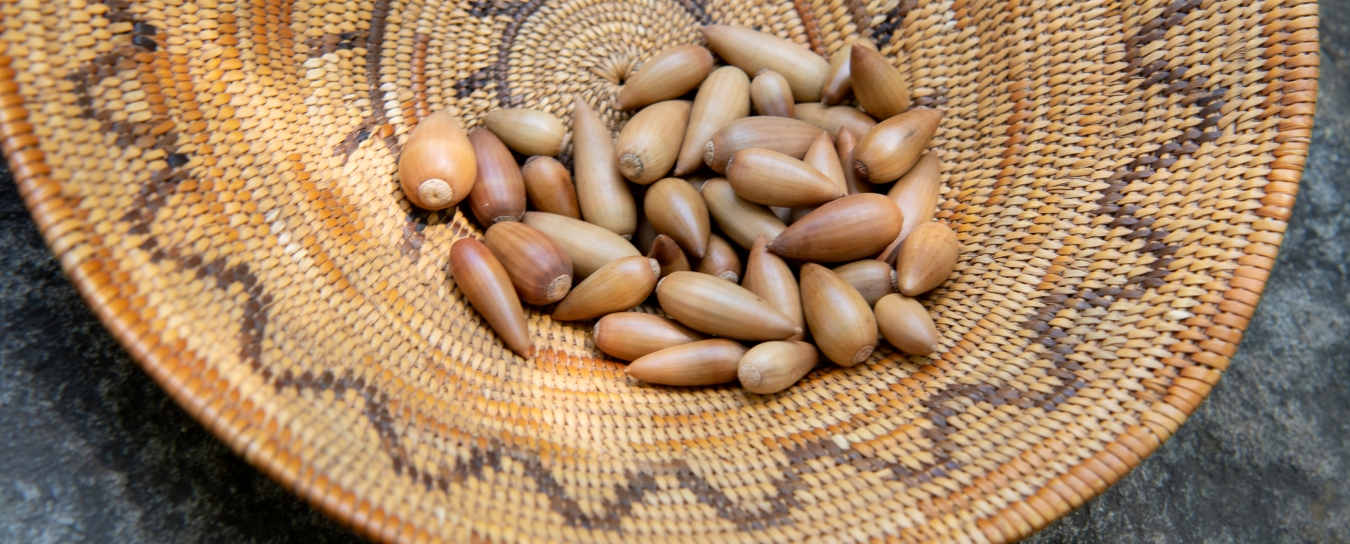
Anthropology
Check our anthropology FAQ for information about artifacts and more. Our Chumash Life pages for teachers and students provide a basic introduction to some aspects of traditional daily life.
- Anthropology
- Rocks & Fossils
- Invertebrates
- Vertebrates
- Botany
- Astronomy
- Fungi
- General
- Recently Asked
Tongva artifact?
Hello I am a social studies teacher and will be showing this to my class, I believe it might be an artifact of significance. Found in rocks below cliffs at a known location of Tongva village.

Curator Response
Hi Nicole,
Based on the photo, it appears the rock is naturally formed and that the holes are caused by boring clams (so named because of the holes they drill into rocks, not because of their lack of personality). The rock appears to be metamorphic, or maybe a sedimentary rock like indurated mudstone (basically mud or clay that hardened over time) or graywacke (a kind of sandstone), based on the small areas that are visible through the algal growth in the photo. These are often harder than the local sandstone, and erode irregularly in the surf based on variation in hardness, fracture planes, and how they detached from the parent rock. To my knowledge, there are no known Tongva artifact forms that take that shape, but that is admittedly not my area of expertise. Based on your in-person observations, did you have a different take?
I still think it is a great opportunity to discuss with your students the possibility of finding artifacts on the landscape, especially at historical locations, and the importance of leaving them in place to preserve the cultural and historical integrity of the objects and the sites. I’ve discussed some of those issues in greater depth in my answer to another question. Not only does leaving objects in place create a better experience for future visitors to the site, but leaving objects to be collected by archaeologists means that when they are collected, the experts can gather data about the context that will help these objects tell us more about the history of the place and its people. This is valuable not only as scientific and historical information, but for Native people who make use of museum collections to connect with their heritage.
If your students would be interested in the northern neighbors of the Tongva, we have resources about the Chumash here on our website that your class could peruse.
Thank you for being a teacher and caring about human history!
I hope this information is helpful,
Associate Curator of Anthropology Brian Barbier, M.A.


